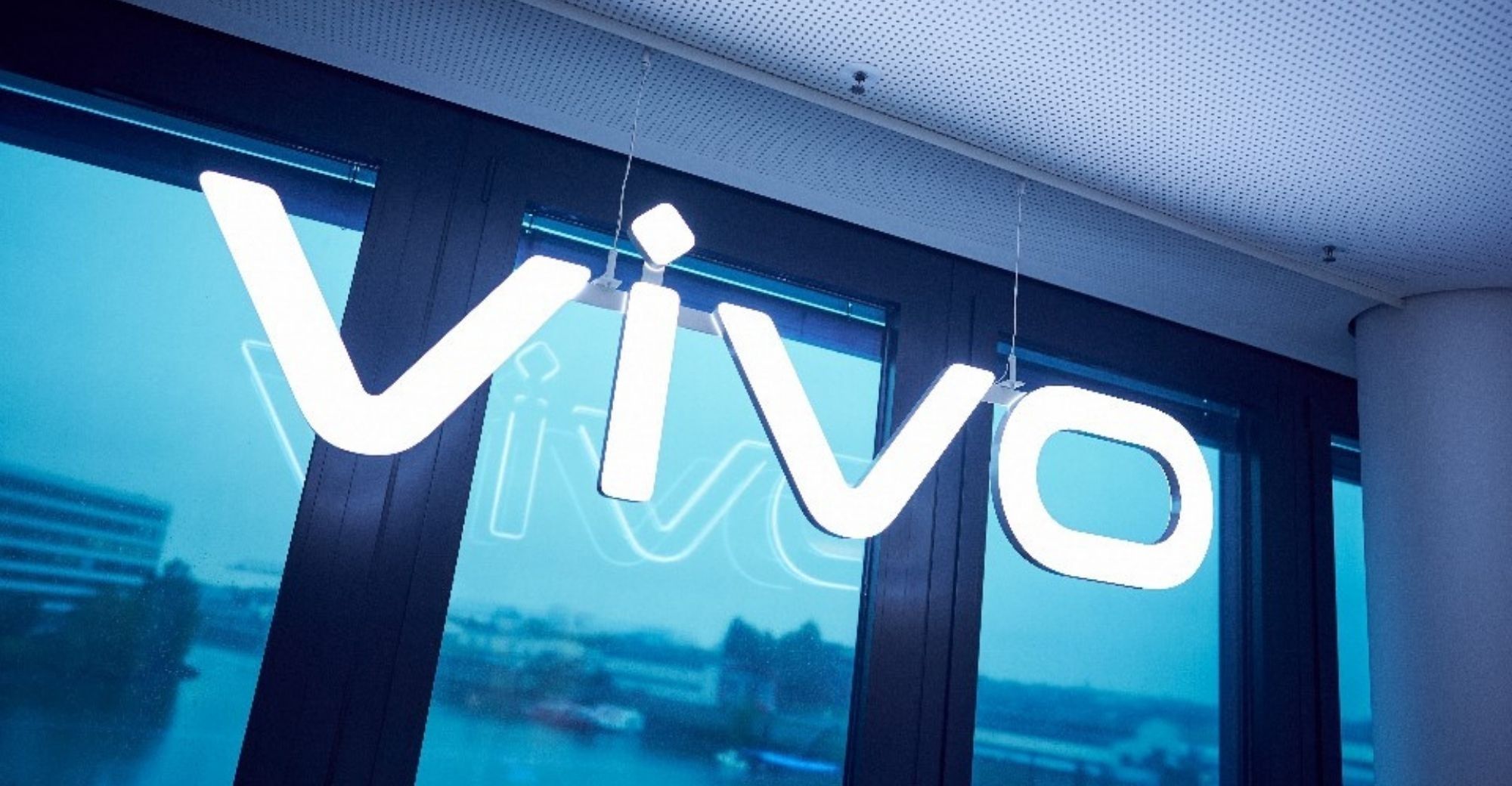Half of 124 Million Smartphones Sold in India 2017 are Chinese Brands
The Indian market is where China’s smartphone manufacturers perform best with regards to internationalization. The Indian smartphone market grew by 14 percent last year, more than any other country. Chinese brands made up 53 percent of smartphone sales, according to the latest foreign media news.
SEE ALSO: Lei Jun : Xiaomi Will Return to No. 1
India grew fastest last year among the world’s top 20 smartphone markets, according to the International Data Corporation (IDC).
A total of 124 million smartphones were sold in India in 2017, an increase of 14 percent from the previous year. The share of Chinese companies increased to 53 percent from 34 percent in 2016. Among the top five smartphone companies in India, four are Chinese companies and the other is Samsung.
In Q4 2017, Xiaomi surpassed Samsung as the leading smartphone manufacturer in India for the first time.

However, Samsung sold more units than any other company in India in 2017, taking 24.7 percent of the market share. Xiaomi ranked second in market share at 20.9 percent.
Vivo (9.4 percent market share), Lenovo (7.8 percent market share), and OPPO (7.5 percent market share) are the other top five ranking smartphone companies in India.

In India’s smartphone market, Xiaomi gained more market share at the expense of Samsung and other Chinese companies who experienced noticeable drop in their shares, including Lenovo, which owns the Motorola brand.
Jaipal Singh, an analyst at IDC India, said there are still cities in India where the mobile market has yet to be tapped. This presents opportunities for Chinese mobile brands looking for growth opportunities.
The dominant position of Chinese brands in India smartphone market is further supported by the competitiveness of Chinese mobile brands and the poor performance of some Indian brands.
The high growth in India’s smartphone market contrasts with Chinese and global markets. China’s smartphone market shrank by more than 10 percent last year. Global markets also shrank by a small extent. The markets in developing countries, such as India, however, show growth potential.

India doesn’t have strong consumer purchasing power, yet it has a huge feature phone market. The IDC report showed that the Indian feature phone market grew last year after a three-year slump, with Samsung ranking the first (20.5 percent market share), followed by China’s Transsion (13.7 percent), India’s Micromax (8.7 percent), India’s Reliance Industry (8.3 percent), and India’s Lava (7.2 percent).
Aside from Transsion, Chinese companies have lost feature phone market shares. In this market, India’s local brands occupy dominant positions.
Recently, Chinese handset companies including OPPO and Vivo have faced obstacles in the Indian market. These companies primarily sell handsets via storefronts and have cut down margins paid to Indian retailers by 40 percent. As a result of their discontent, over ten thousand retail outlets in India have stopped selling these two brands.
OPPO and Vivo may shift their attention from the Indian market to the Chinese market.

SEE ALSO: OPPO Opens First Super-Flagship in Shanghai
Last year in China’s smartphone market, Xiaomi regained rapid growth after years of slump. The remaining major domestic brands, Huawei, OPPO and Vivo have been experiencing declining performance, and Vivo’s market share dropped further than before.
The industry is eager to see whether Xiaomi will expand its share of the smartphone market in India in the future, and whether OPPO and Vivo will continue to shrink in India.
Huawei, the world’s third-largest mobile phone company, has been unable to obtain foothold in the Indian market. Huawei didn’t even make it to the top five brands in India. Xiaomi, Samsung and other brands remain watchful of whether Huawei will begin to strategize in the Indian market or focus on high-end mobile phone markets in Europe and the United States.




